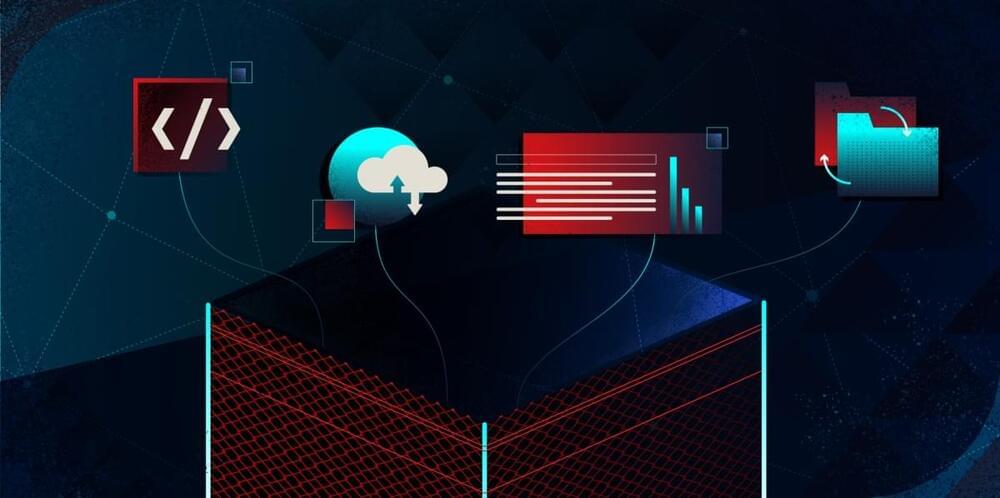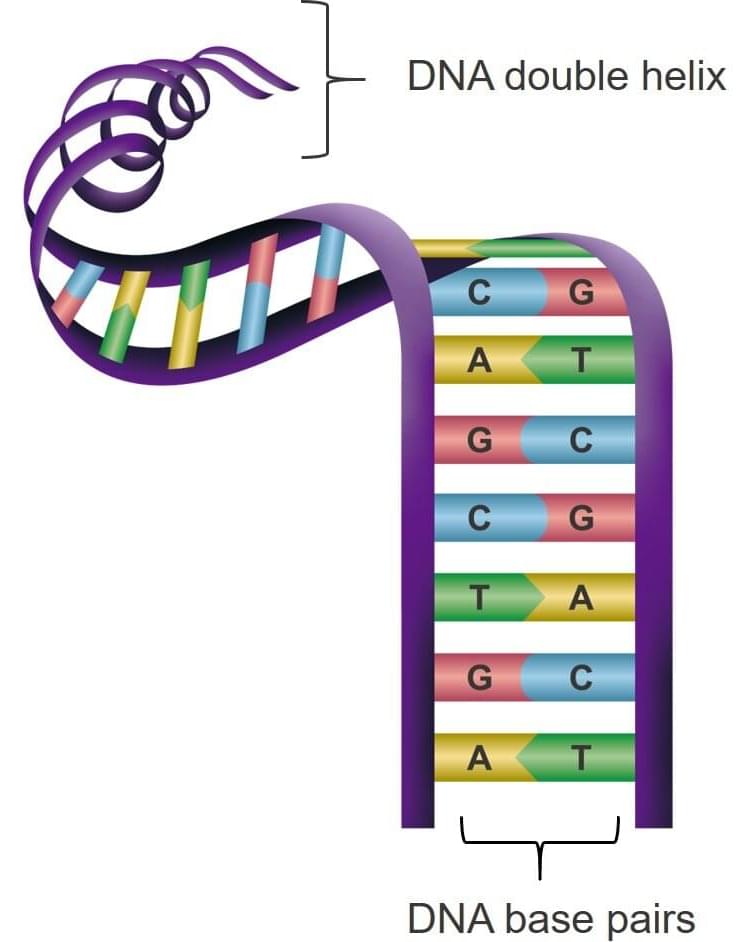Another E5 update. At the moment there is a great difference between the control and treated rats. The treated rats are nearing their expected lifespan. And it looks like E5 human trials are trying to be set up.
In this video we report on the Feb 2022 update from Dr. Katcher’s experiment with E5, where he is testing to see how long the rats will stay alive if they are given an E5 injection every 90 days.
********************************************
Links for this video.
Sign up for the newsletter from NTZ Publishing here:
https://www.ntzplural.com/newsletter.
Reversing age: dual species measurement of epigenetic age with a single clock.
https://www.biorxiv.org/content/10.1101/2020.05.07.082917v1.full.
Our discussion of original paper.
https://youtu.be/DokfEzQt_wk.
Playlist for Dr. Katcher August 2021 Interview Series.
Playlist 1 for Dr. Katcher.
https://www.youtube.com/playlist?list=PLkfzM7KJv6vaIQZ_n3WS6FHTpBtfS2lzw.
********************************************








